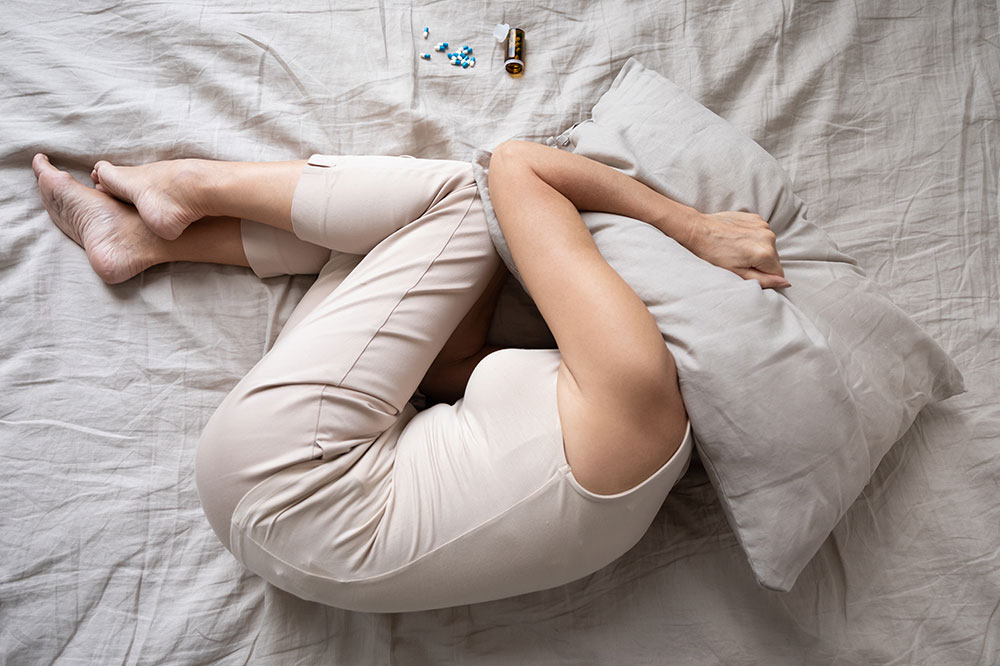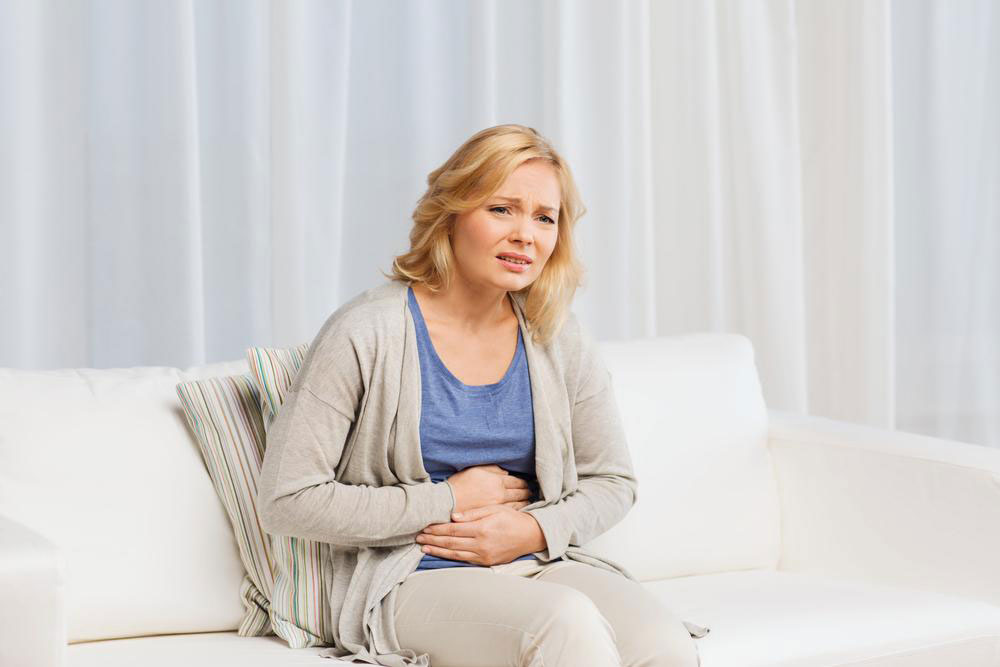Comprehensive Guide to Managing Vaginal Dryness and Discomfort Post-Menopause
This comprehensive guide explores effective strategies for managing vaginal dryness and discomfort after menopause. It highlights lifestyle adjustments, the importance of physical activity, and medical options to improve quality of life during this transition. Women can reduce symptoms and maintain vaginal and urinary health through informed choices and professional support.

Effective Strategies for Alleviating Vaginal Discomfort After Menopause
As women age and approach menopause, they undergo significant hormonal changes, primarily a sharp decline in estrogen levels. This hormonal shift not only marks the end of reproductive fertility but also brings about a range of physical and emotional adjustments. Menopause typically occurs between the ages of 45 and 55, although the exact timing varies among individuals. Understanding how this transition influences various bodily functions is essential for managing symptoms effectively and maintaining quality of life.
Women are born with a finite number of ovarian eggs, and this reserve gradually decreases over time. The diminished ovarian reserve leads to hormonal fluctuations that cause menstrual irregularities and eventually cessation. Traditionally, hormone replacement therapy (HRT) was the go-to solution to alleviate menopause symptoms such as hot flashes, night sweats, mood swings, and vaginal dryness. However, extensive research has uncovered potential health risks associated with HRT, including an increased risk of certain cancers, cardiovascular issues, and blood clots. Consequently, many women and healthcare providers now seek alternative, safer methods to manage menopause symptoms.
Adopting a holistic approach can significantly ease menopause-related discomforts. Maintaining an active lifestyle through regular exercise, coupled with a nutritious, balanced diet, can help mitigate many symptoms. Physical activity not only boosts overall well-being but also influences hormonal balance and circulation. A diet rich in fruits, vegetables, lean proteins, and healthy fats supports hormonal health, reduces inflammation, and strengthens immunity. These lifestyle choices contribute to a more manageable menopause transition, often reducing reliance on pharmacological solutions and lowering associated health risks.
The decline in estrogen impacts several systems, especially the urinary and reproductive tracts. Women often experience symptoms such as vaginal dryness, burning sensations during intimacy or urination, urinary leakage, frequent infections, and pH imbalances that lead to discomfort and health concerns. Interestingly, sexual activity promotes blood flow to the vaginal area, maintaining tissue elasticity and overall organ health, although it does not directly produce estrogen. Regular engagement in sexual activity can help preserve vaginal tissue integrity and reduce atrophy, especially in women who have not experienced childbirth.
Women who have never delivered vaginally are more susceptible to developing vaginal atrophy due to lower baseline elasticity and tissue thickness. Vaginal atrophy manifests as thinning of the vaginal walls, loss of elasticity, decreased lubrication, and shortening of the vaginal canal. These physical changes often lead to symptoms such as dryness, irritation, burning sensations, and discomfort during intercourse or urination. In addition, low estrogen levels can cause urinary symptoms like leakage, infections, and a general increase in urinary tract issues. Other contributing factors include surgical interventions such as oophorectomy, radiation therapy, chemotherapy, complete sexual abstinence, smoking, or treatments for hormone-dependent cancers.
Recent scientific studies emphasize the role of physical fitness in reducing menopausal severity. Women who maintain regular exercise routines tend to report fewer symptoms, better mood, stronger bone density, and improved urinary and vaginal health. Exercise enhances blood circulation, boosts endorphin production, and helps regulate hormonal fluctuations, all of which contribute to a smoother menopausal transition. Moreover, staying active can help counteract weight gain, improve sleep quality, and promote mental health, thereby improving overall quality of life during and after menopause.
In conclusion, managing vaginal dryness and associated discomfort post-menopause involves a multifaceted approach. Lifestyle modifications, including regular physical activity and a balanced diet, play essential roles. Additionally, vaginal moisturizers, lubricants, and medical consultations can provide targeted relief. Women should consult healthcare professionals to tailor strategies suited to their individual needs. By adopting healthy habits and understanding the physiological changes occurring during menopause, women can navigate this stage with greater comfort, confidence, and well-being.





